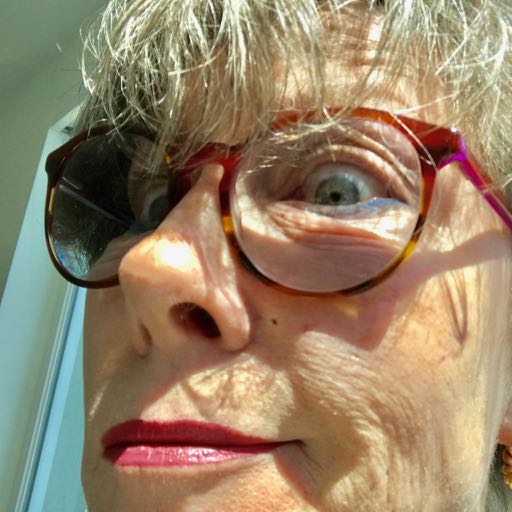When I started watching TV in the 1950s my favorite program was Howdy Doody, a black-and-white puppet show about cowboys, and television broadcasting shut down every night at midnight. By the 1960s TV was an accelerant for everything that mattered, my window to the world, a fantasia of style and culture where I learned how to wear eyeliner and bellbottoms, and use the word groovy. Then “buy that for me” became a well worn phrase at the dinner table, and my parents decided to limit my television time to an hour a night because they thought my addiction to the Boob Tube was going to make me stupid.

My grandmother ran up against similar limits with her parents when they got their first home telephone in the 1920s. Her mother had rules about who she could call and how long she could talk because my great-grandmother thought spontaneous conversation would trivialize relationships and encourage gossip. She was born in the 1880s and to her the handwritten word was a more meaningful, more substantive way to communicate. So she insisted her children practice writing letters with pen and ink on paper.
Now device addiction is upon us and it seems, just as my parents worried, too much screen time makes us stupid, and just as my great-grandmother worried, the trivial has triumphed. Apparently phone addicts get hooked on the repetitious movement of tiny images and lose control of their eyes the way a junkie loses control of her limbs. It breaks my heart to think of these poor helpless victims glued to their GIFs, unable to look away from their emojis, scrolling endlessly through content designed to deepen their addiction. I would LOL if it wasn’t so sad. But good news. There’s an app for that. Because Google.
Evidently, paper is methadone for device addicts. So in service to our wellbeing Google is introducing the Paper Phone, a very 19th century solution to a very 21st century problem. All you need is a piece of paper and a pen, a wireless printer, a smart phone and the app. Really. This is digital altruism. You download the app, choose the functions you want printed on your paper, such as calendar and weather, print out the pages, fold the paper, read it with your eyes, and then put it in your pocket. Of course, for the Paper Phone to effectively cure device addiction, users must put away their actual phones and look at the paper. It’s not fool proof.
A more effective solution might be a retinal scanner that measures the persistence of user eye contact and blinks several warning signals before it emits a blinding flash of light, forcing the user to look away and recover consciousness. Tough love. Of course, there would be noisy opposition to such a draconian approach. But let me assure you, it’s not nearly as severe as the technology my parents used to stop me from watching TV. They had this radical tool called an Off Switch.



Ever suspicious of ‘it was better then’ as it ages out the speaker/thinker. Then again…
When I was doing that talk show round table thing at GBH (in my hot shot broken down black leather jacket
and proving how much info I essentially just pulled out of my ass (typical), there was this great erudite black woman
who said that when she was a kid and did something ‘bad’ she was punished by being told she was not allowed to read
for a week. Amazed I was.
Yikes, I did not mean to imply that I think things were better back in the day, just the opposite. I think fear of new technology is not new, and there will always be someone who thinks it will harm us. Not that it doesn’t distort, warp and obsess us. Just that each successive generation seems to find their own obsession. Device addiction will disappear and something else will take its place.